bigacis/iStock/GettyImages
Although many recipes for homemade pickles call for using vinegar, the traditional method of pickling involves fermenting the vegetables. In fact, a pickle that has simply soaked in vinegar is technically not a pickle at all. Pickling without vinegar allows vegetables to naturally ferment through a process known as lacto-fermentation. Lactobacillus, a type of anaerobic bacteria, thrives during the pickling process and gives foods a distinct sour taste.
Fill the crock, bucket or jar with boiling water and let it sit for a minute to kill any bacteria or other organisms. Pour the boiling water over the plate, too. Empty the water from the jar.
Rinse the vegetables under water and give them a gentle scrub to remove any dirt. If you are using root vegetables, such as carrots or beets, you may peel them. Leave the skin on cucumbers.
Set the vegetables in the container. Add spices, along with a few cloves of garlic, if you wish.
In a large mixing bowl, stir together the salt and bottled water. You want to make a very salty solution of at least 5 percent. Use about 3 tablespoons of salt per quart of water for a sour but not intensely salty brine. For a more salty brine, use 4 tablespoons of salt per quart of water.
Pour the salty water into the container to completely cover the vegetables. Set the plate on top of the vegetables to keep them submerged in the brine. Place a weight, such as a clean rock, on top of the plate to keep it down.
Cover the crock, bucket or jar with a towel and secure it with a rubber band. The towel will keep any dust, bugs and other foreign objects out of the brine as the vegetables pickle.
Leave the vegetables to sit, at room temperature, for a least one week and as long as four weeks. Taste them every so often, starting at the one-week mark, to see whether they are sufficiently pickled. You might enjoy the taste after a week or you might want to wait until several weeks have passed.
Related Articles

How to Pickle in Stone Crocks
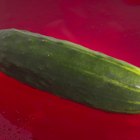
How to Convert Sour Pickles to Sweet ...
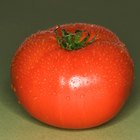
How to Blanch, Peel, & Freeze Whole ...
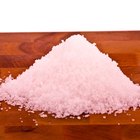
How to Use Sea Salt for Canning
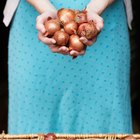
How to Make Pickled Shallots

How to Keep Peeled Vegetables From ...

How to Make Pickle-Infused Vodka

How to Make Brine Pickled Eggs

How to Make Cucumber Kimchi
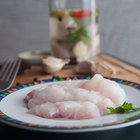
How to Pickle Fish

How to Preserve a Hard Boiled Egg
Substitutes for Alum in Pickling

How to Cook Crawfish
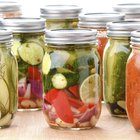
How to Can Green Tomatoes & Peppers ...
Do You Need to Pasteurize When Pickling ...
How to Make Sour Cream Quickly With ...

How to Reduce the Vinegar Taste in ...
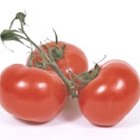
How to Store Tomatoes
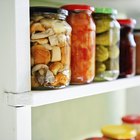
Are Pickled Vegetables Allowed on a Raw ...
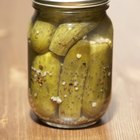
What Are the Seeds in Pickle Jars?
References
- The Lost Art of Real Cooking; Ken Albala and Rosanna Nafziger
- DIY Delicious; Vanessa Barrington
- Wild Fermentation: Making Sour Pickles
Tips
- The top of brine might develop mold as the vegetables pickle. Simply scrape it off and discard.
- Pickle in temperatures lower than 80 degrees Fahrenheit. The process will go wrong when it is very hot. Temperatures around 60 or 65 F are ideal.
- Place the pickles in the refrigerator to stop the pickling process. They will keep in the refrigerator for a few months.
Writer Bio
Based in Pennsylvania, Emily Weller has been writing professionally since 2007, when she began writing theater reviews Off-Off Broadway productions. Since then, she has written for TheNest, ModernMom and Rhode Island Home and Design magazine, among others. Weller attended CUNY/Brooklyn college and Temple University.